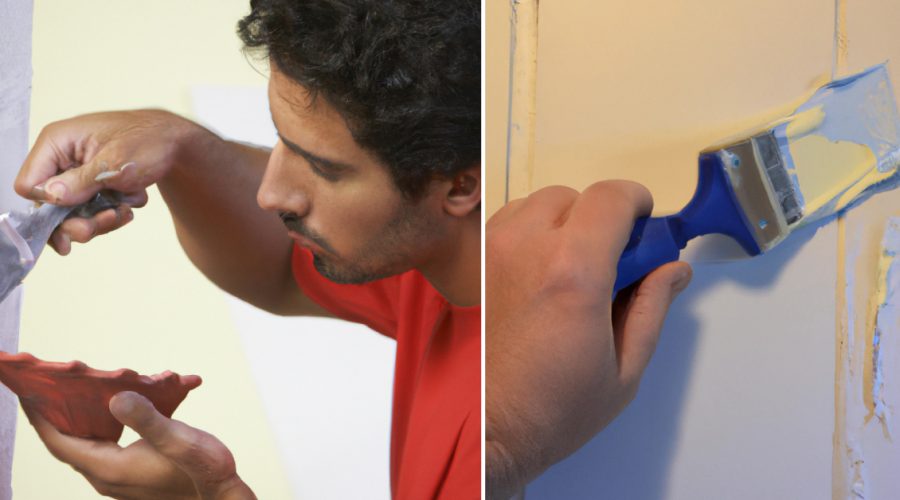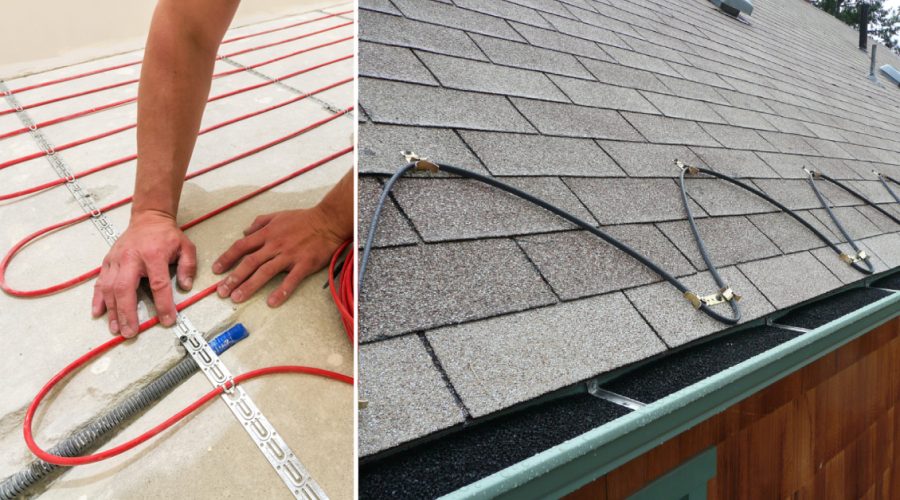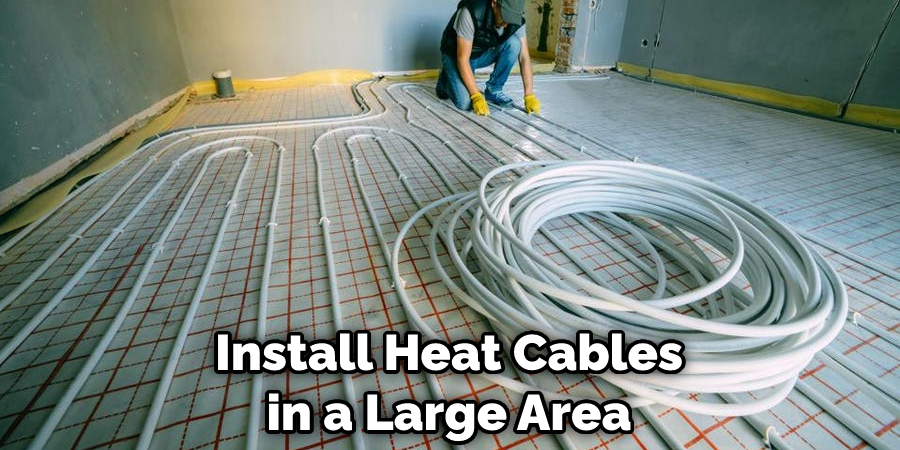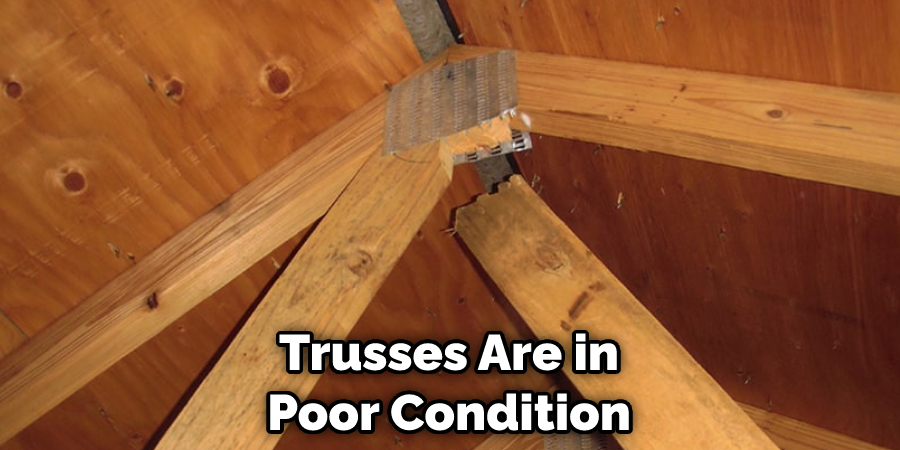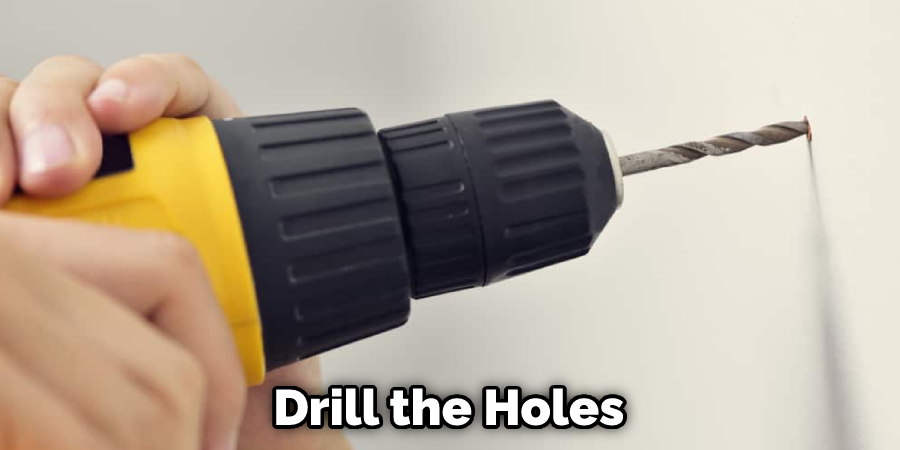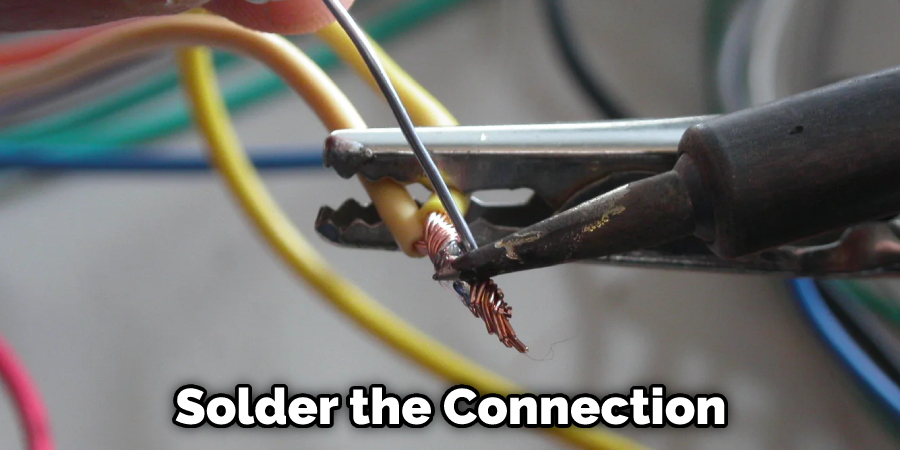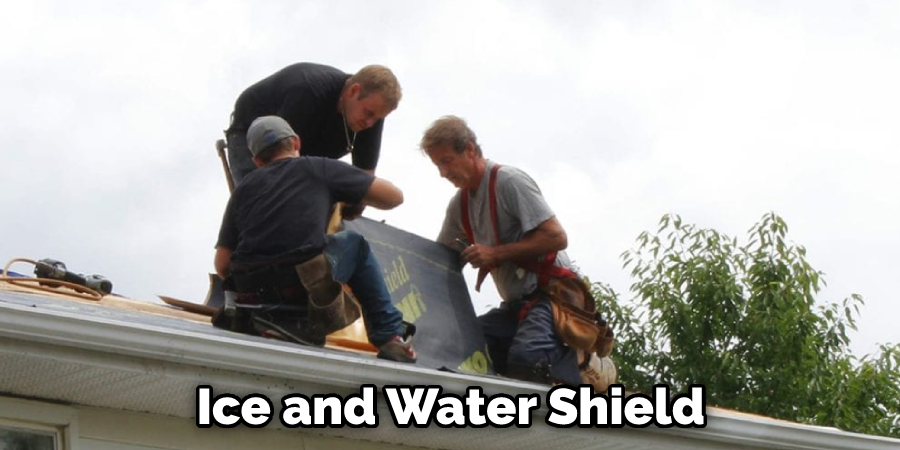How to Fix Chunky Paint
Have you ever had to paint a room in your house and it ended up being a total disaster? You’re probably wondering how to fix chunky paint, but don’t worry we’re here to help! In this blog post, we’ll show you how to fix chunky paint and make your room look fresh and new.
Summary
Have you ever had to paint a room in your house and it ended up being a total disaster? You’re probably wondering how to fix chunky paint, but don’t worry we’re here to help! In this blog post, we’ll show you how to fix chunky paint and make your room look fresh and new.
What Causes Chunky Paint?
There are a few reasons why paint can become chunky.
- One reason is that the paint is old and has started to separate.
- Another reason is that the paint was not mixed properly, to begin with.
- Finally, if the paint is exposed to extreme temperatures, it can also become chunky.
3 Tested Methods for Fixing Chunky Paint
Here are three tested methods for fixing chunky:
Paint Thinner Methods
- You can fix chunky paint by using a paint thinner.
- Add 1 or 2 pints of paint thinner to your oil-based enamel paint.
- Stir the paint until it is smooth and free of lumps.
- Look for small lumps or clumps in the paint. If you find any, use your stirrer to break up the lumps and get rid of them.
- Pour the paint through a strainer before you start your project. This can help remove any lumps that might still be in your paint.
- Let the paint sit for about 10 minutes, then strain it again before you apply it to your surface.
- Apply a primer before painting, especially if painting over an old surface or unpainted wood.
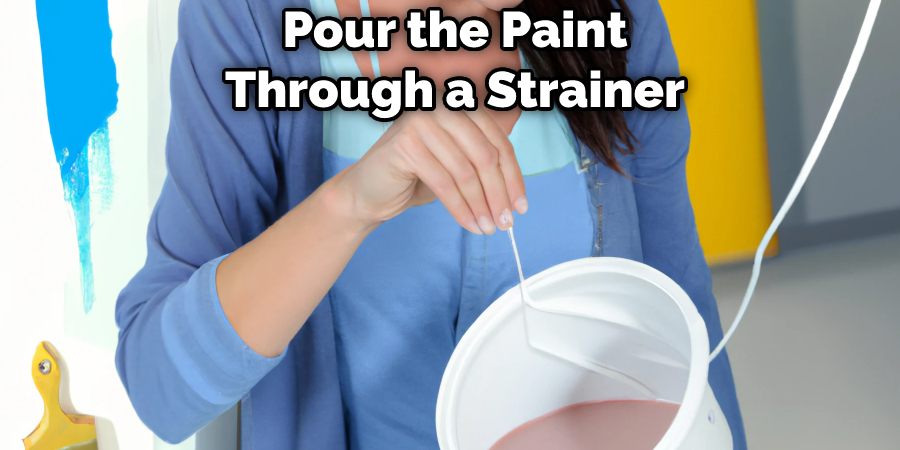
Paint Strainer Methods
- Open the paint can.
- Use a paint strainer.
- Stir very carefully.
- Scrape off chunks with a paintbrush.
- Add a small amount of water at a time.
- Add an emulsion to help thin out the paint.
Re-temper Method
- Re-temper the existing paint.
- Take the paint out of storage and let it sit for a day.
- Strain the paint through a mesh strainer.
- Use a small amount of water to thin out the paint.
- Shake it up.
You Can Check Out to Install Heat Cable on Flat Roof
Tips for Preventing Chunky Paint
Here are some tips that you can use to prevent chunks from forming in your paint:
- Use a paint strainer: A paint strainer is a simple tool that helps to remove any lumps or debris from your paint before you start painting. This will help to ensure a smooth, even finish.
- Use a paint mixer: A paint mixer will help to thoroughly mix your paint, ensuring that there are no lumps or clumps.
- Use a paint shaker: A paint shaker helps to evenly distribute the paint, making sure that there are no clumps or uneven areas.
- Use a paint sprayer: A paint sprayer will help to evenly distribute the paint, making sure that there are no clumps or uneven areas.
- Use a roller: A roller will help to evenly distribute the paint, making sure that there are no clumps or uneven areas.
- Use a paint thinner: You can fix chunky paint by using a paint thinner. It will help to break up any clumps in your paint.
You Can Check Out to Paint Garage Walls
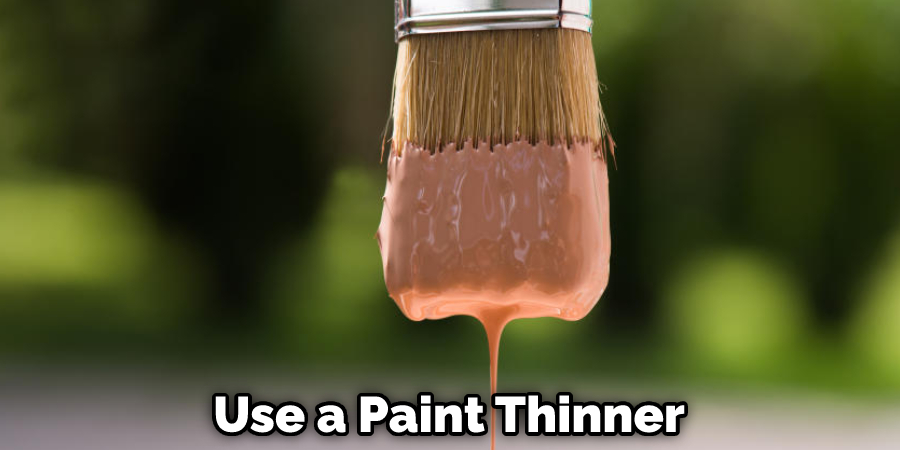
FAQs about Fixing Chunky Paint
Can Chunky Paint Be Fixed?
Yes, chunky paint can be fixed in a number of ways. You can use a paint thinner to break up the clumps or add a small amount of water to thin out the paint. You can also strain the paint through a mesh strainer to remove any lumps. If your paint is still too thick, you can add an emulsion to help thin it out.
Why Does My Acrylic Paint Look Like Cottage Cheese?
Acrylic paint is often used on surfaces that will be visible, such as walls and trim. Because it is a water-based paint, acrylic paint can start to feel and look like cottage cheese after a while. This is because the water molecules start to bond with the oil and fat in the paint, forming clumps. To prevent this from happening, keep your acrylic paint in a dry place and use a water-based primer before painting.
Conclusion
If you are looking for a way to fix chunky paint, we can help. Our team of experts has years of experience in the field of home improvement and we are always happy to answer any questions about how best to fix chunky paint. Contact us today for more information on our services or fill out our contact form on the contact page!

